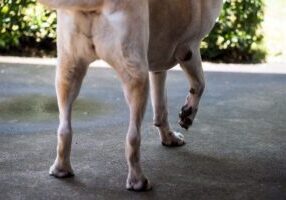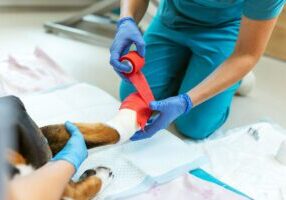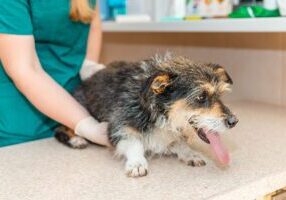The Knox Veterinary Surgery blog is here to guide you through your pet’s surgical journey, every step of the way. From understanding your pet’s condition to learning what surgery entails, our articles are written with pet owners in mind to help you feel confident, informed, and supported.
Whether you're looking for recovery tips, condition overviews, or answers to common questions, you'll find trustworthy, compassionate guidance right here from Dr. Ferraz and the KVS team.
Recent Articles
Urethral Prolapse in Dogs
Urethral prolapse occurs when the inner lining (mucosa) of a dog’s urethra protrudes through the external urethral opening at the tip of the penis. It primarily affects young, unneutered males and is more common in…
Osteochondritis Dissecans (OCD) in Dogs: A Guide for Owners
Osteochondritis dissecans (OCD) is a developmental orthopedic condition that affects the cartilage and bone within a dog’s joints. It occurs when the normal process of cartilage turning into bone during growth is disrupted. Instead of…
Salter-Harris Fractures in Dogs
Salter-Harris fractures are injuries that involve the growth plate (physis) in young, growing dogs. The growth plate is a thin line of cartilage near the ends of bones that allows them to grow in length…
Bone Fractures in Dogs
A bone fracture, or broken bone, in a dog is a serious injury that can result from trauma, falls, or, in some cases, underlying medical conditions that weaken the bone. Fractures are painful and require…
Canine Hip Dysplasia: A Guide for Owners
Canine hip dysplasia (CHD) is a common orthopedic condition that affects a dog’s hip joints, often leading to pain, discomfort, and mobility issues. While it is primarily a genetic condition, environmental factors also play a…
Patellar Luxation in Dogs
Patellar luxation, often called a dislocating kneecap, is a common orthopedic condition in dogs. It occurs when the patella (kneecap) slips out of its normal groove at the end of the femur (thigh bone). This…






